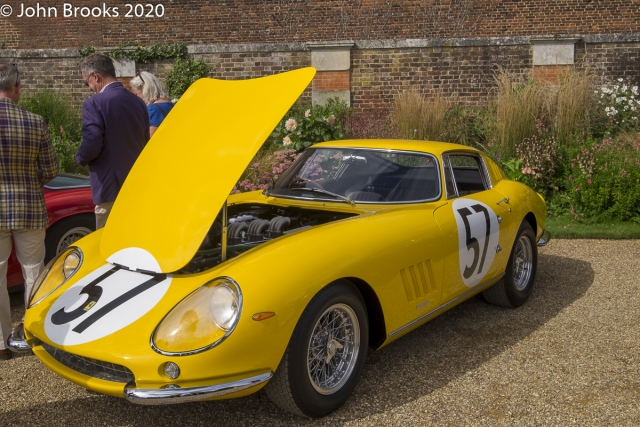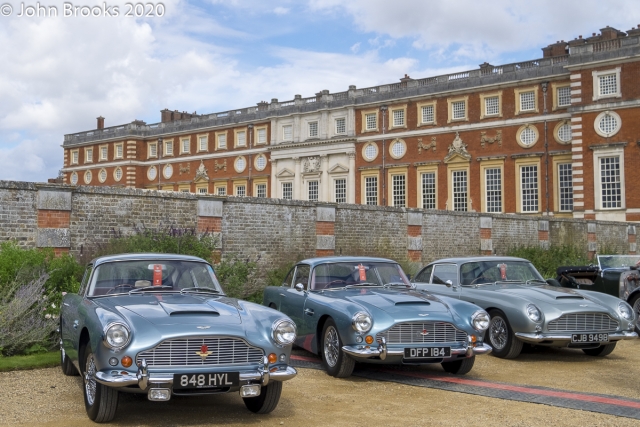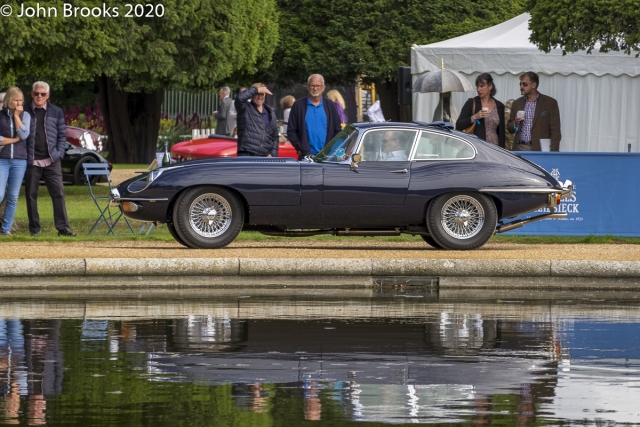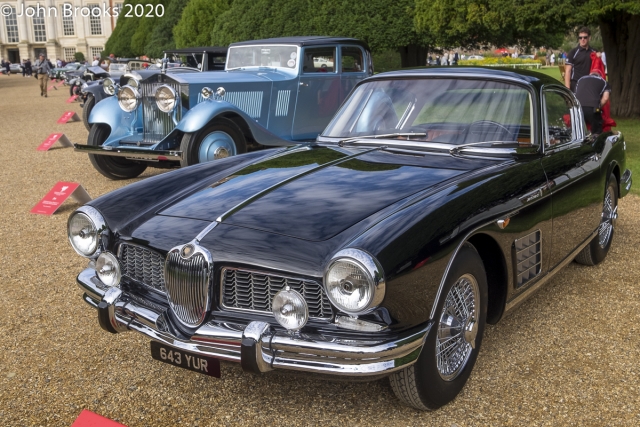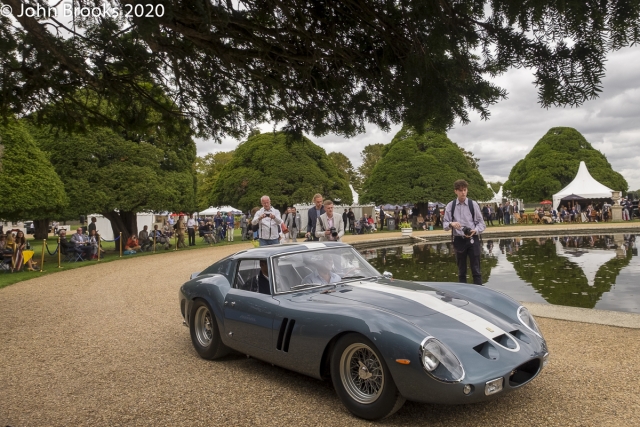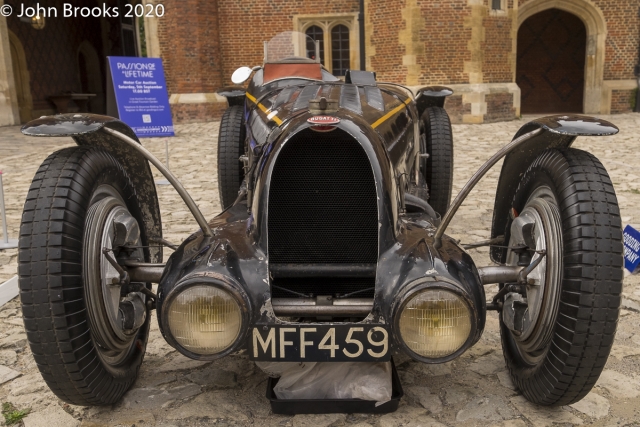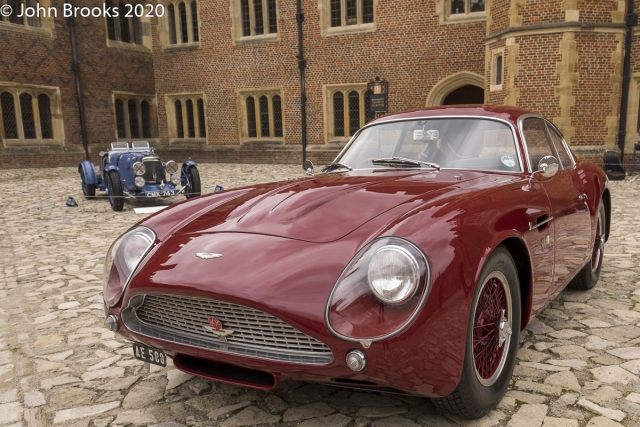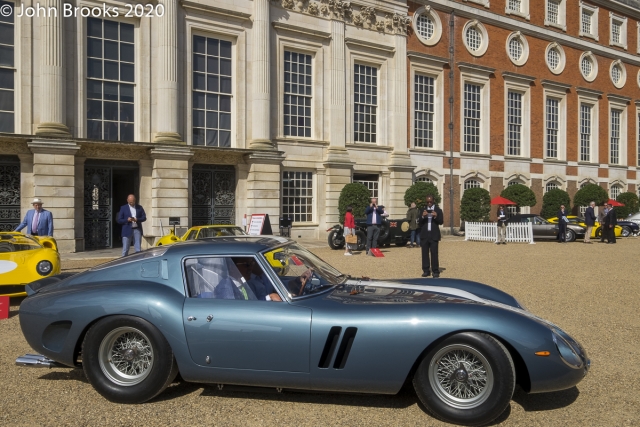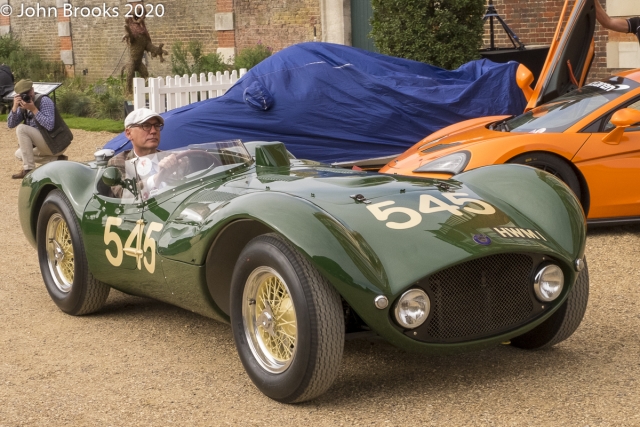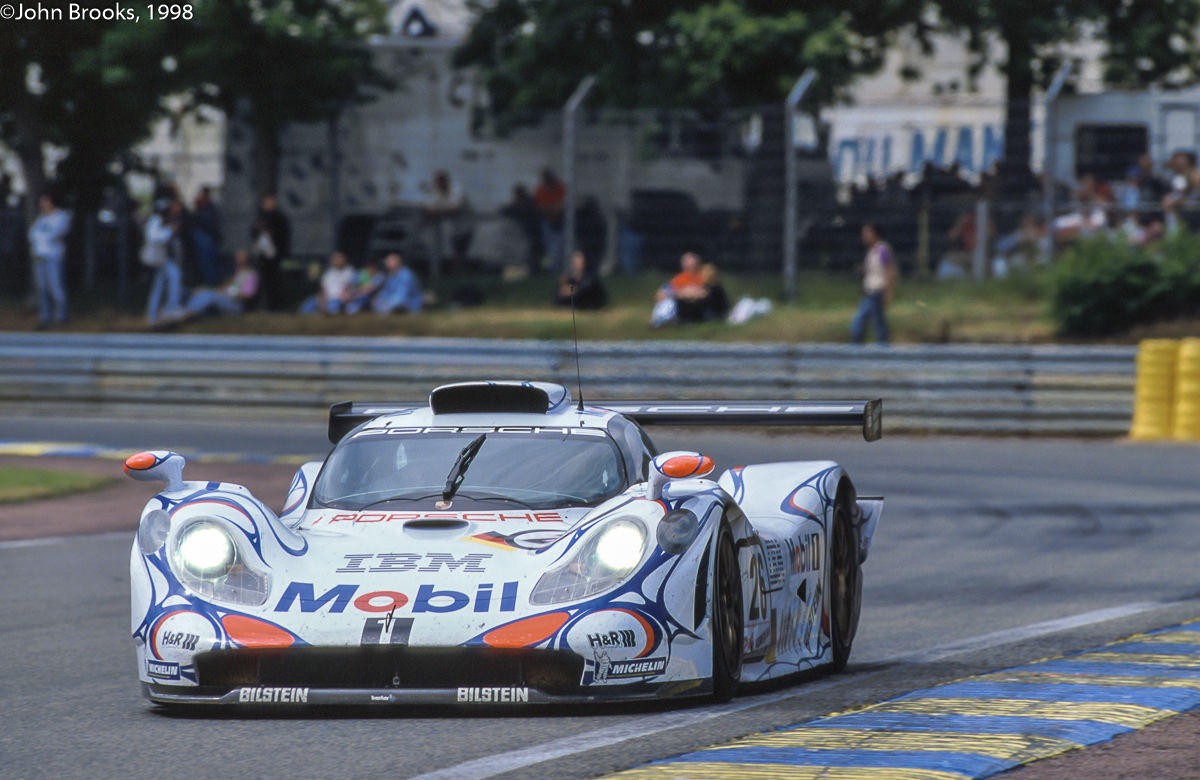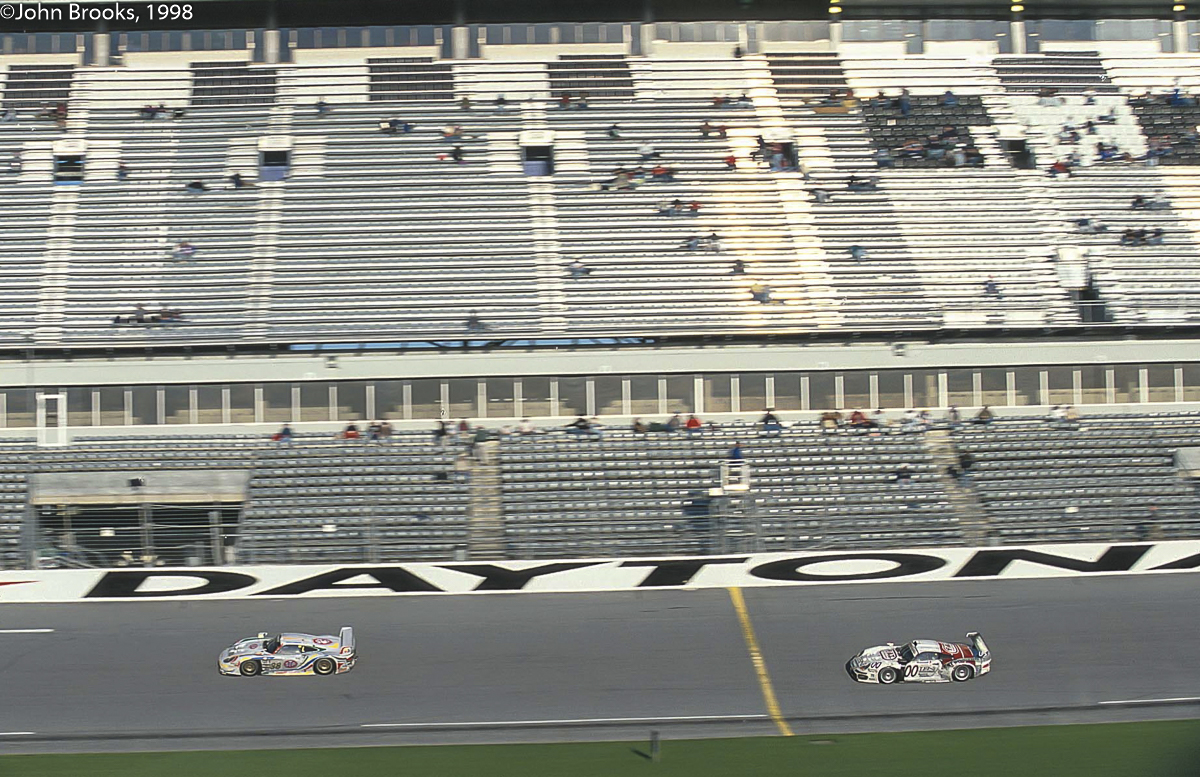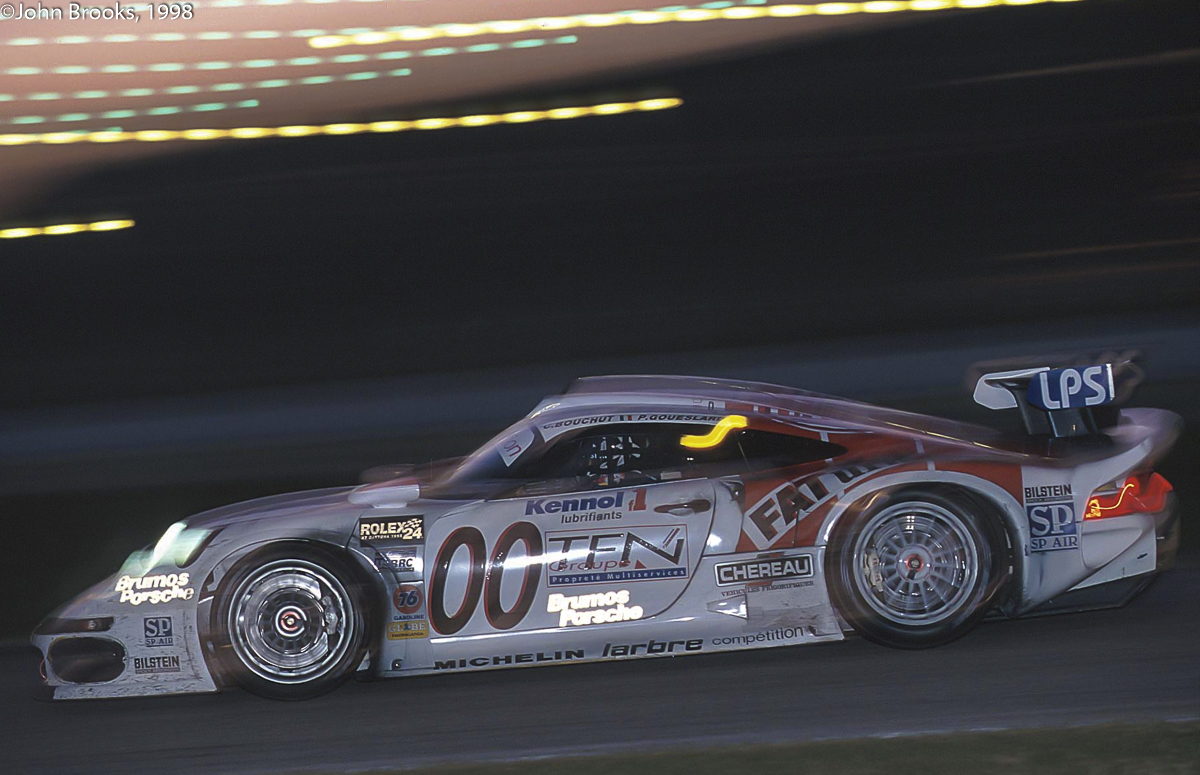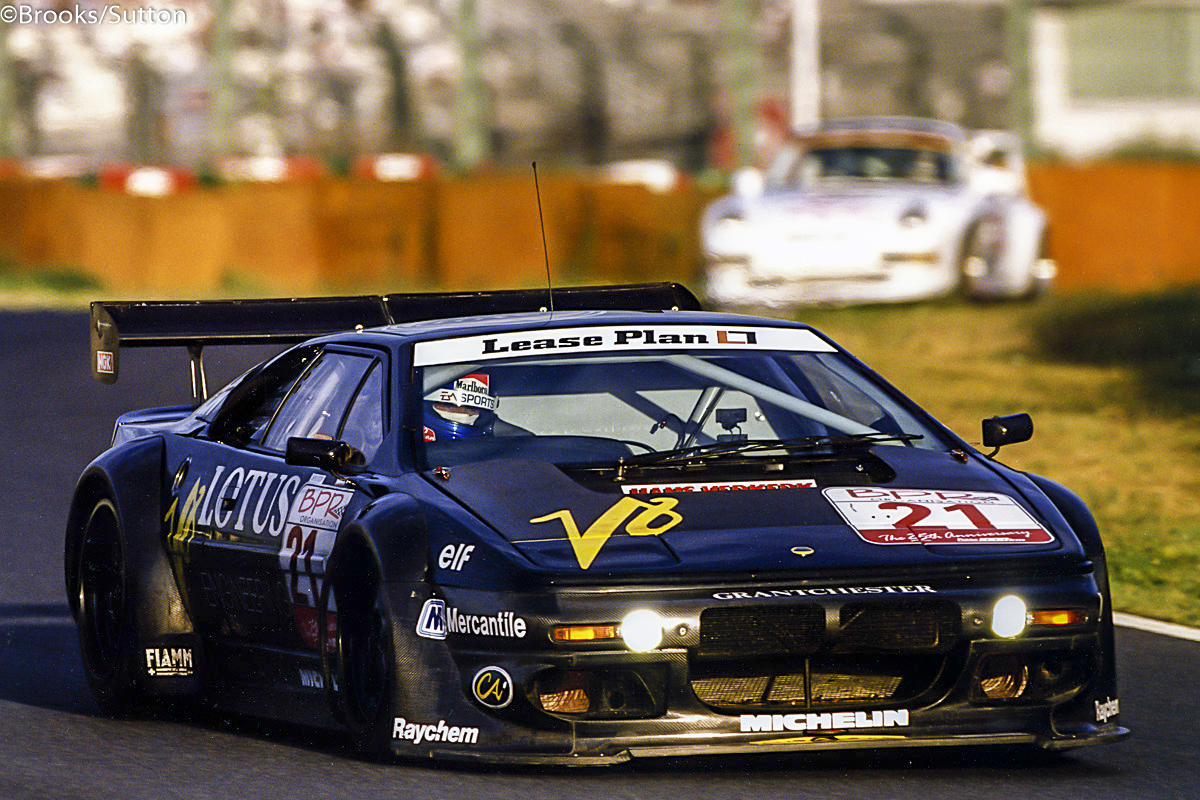
September has arrived heralding the onset of autumn to be followed, no doubt, by winter. No one needs to be reminded that the pandemic has not only attacked humans but also has decimated the normal calendars of culture and sport, life itself appears to have been on hold during 2020.

The only appropriate response to this disruption is to be stoic, the disappointments of missing events or holidays are nothing compared with the devastation suffered by those who have been struck down, not to mention their families and friends.

However, we would be less than human if we tried to hide our enthusiasm when some small part of the real world surfaces. Concours of Elegance at Hampton Court Palace is firmly established as one of the highlights of the motoring year. After what can only be described as an astounding effort it took place earlier this month, even more incredible was that the show matched the virtuoso levels of previous years. Chapeau!

So it is now left to me to try and describe some of the highlights for those not fortunate enough to attend in person, I hope my efforts do the Concours some form of justice.

Twenty-five years have passed since the F1 GTR burst on to the endurance racing scene, dominating the BPR Global GT Endurance Series and taking the top spot at Le Mans on McLaren’s first attempt to achieve glory at La Sarthe. If one ignores the winner of the first race in 1923, only one other marque has achieved this result, Ferrari, back in 1949. Ironically that actual car was at the Concours last year and I looked at it HERE

The 1995 winner, #01R, was due to make an appearance but a last-minute change of plans prevented that happening. So just two examples of Woking’s finest were on display, #07R, from 1995 and #16R from the following year. The blue #07R came close to glory several times during the BPR season, leading races and scoring second place at Jarama and third at the Nürburgring. At Le Mans it had additional sponsorship from Ethanol be Betterave and the fuel for its BMW V12 engine was a synthesis of beetroot-derived alcohol. There was disaster for the car at the beginning of the race when the starter motor failed and the team replaced it. Further problems with the unit cost #07R an additional 18 minutes in the pits during the opening hour, blunting their challenge. Subsequently the F1 GTR had a largely trouble-free run and recovered to fifth at the finish, the best result ever scored by a ‘green fuel’ car at La Sarthe.

Another veteran of the Le Mans 24 Hours was this Porsche 911 GT1 that came close to winning the great race in 1997. Porsche AG initially concentrated their efforts that season in trying to win Le Mans, only a last minute decision was made to enter the inaugural FIA GT Championship. The Werks squad were running One-Two as dawn broke on Sunday with Thierry Boutsen, Hans Stuck and Bob Wollek leading. Wollek was in his twenty-seventh contest at La Sarthe and must have harboured thoughts that, finally, this would be his year. Just before 07.30 he attempted to pass Jean-Marc Gounon’s McLaren and was held up for three laps. Under acceleration out of Arnage, still stuck behind the F1 GTR, Wollek lost control of the Porsche and clattered the Armco head-on and rear, hitting both sides of the track. A broken driveshaft meant that his attempts to get back to the pits were punctuated by two further spins and he was forced to abandon the car and his quest for victory. At the subsequent meeting with the press he blamed himself entirely, he had made a beginner’s mistake as he declared. “Si vous n’avez jamais vu le roi des cons, vous l’avez devant vous.”
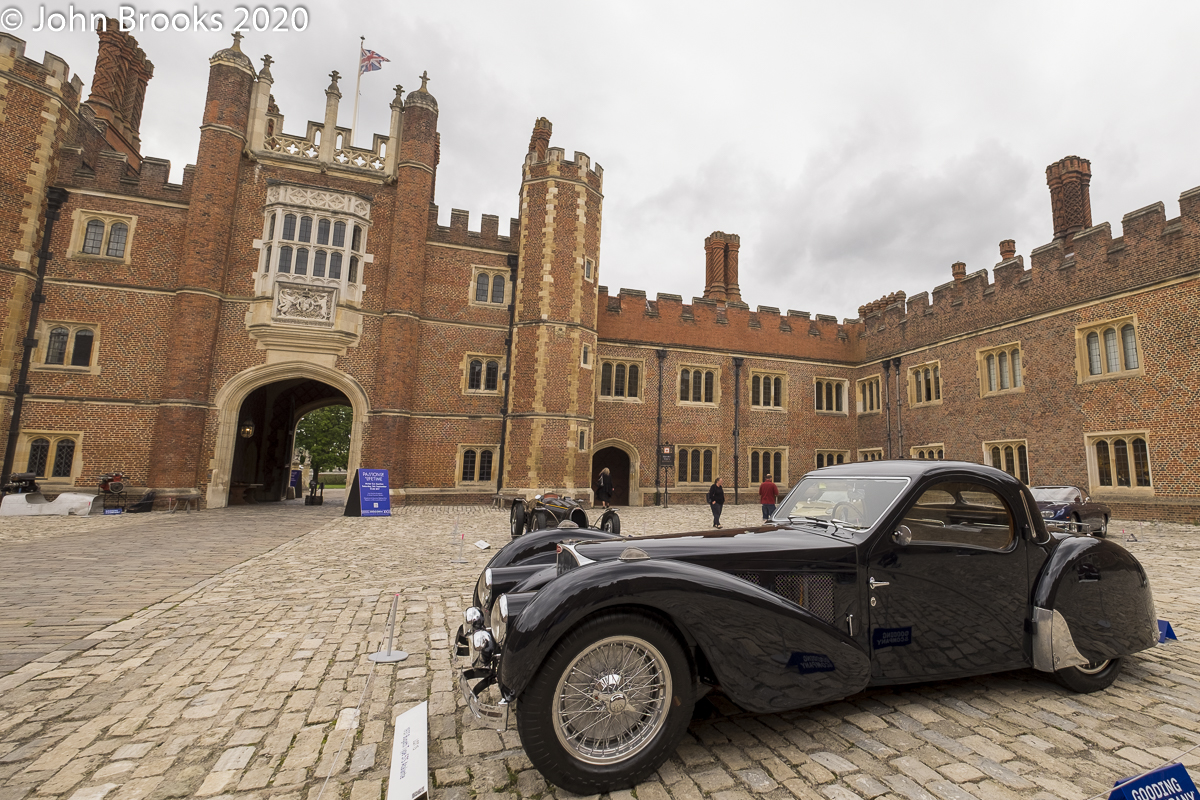
A special event taking place in this year’s Concours was the “Passion of a Lifetime” auction. Gooding & Company were forced to postpone their first-ever sale outside of the USA so the Concours of Elegance at Hampton Court Palace was just the right level to act as the venue. Elegance was to be found in spades in the Tudor Courtyard; even Henry VIII, might have lusted after this Bugatti Type 57S Atalante, more than he did with Anne Boleyn.

There were just fifteen cars in the sale but all were ultra desirable. This Aston Martin DB4GT Zagato is one of only nineteen examples produced and lists former Aston Martin Chairman, Victor Gauntlett, as one of its four previous owners. Its breath-taking and timeless styling, courtesy of Ercole Spada, renders it as a piece of modern art of the highest level. Weirdly this was the only car not to sell, failing to reach the £7 million expected.

More ’60s Italian flair was to be found in this Lamborghini 350GT, the epitome of Gran Turismo motoring, I have always had a soft spot for this model.

A serious candidate for the most unusual item at the Concours was this replica of a 1921 Leyat Hélica. Carrying the nickname “the plane without wings” its creator, Marcel Leyat, was seeking to simplify personal transport as there would be no rear axle or transmission. The body made of plywood was extremely light and the whole machine weighed under 300kg, some 400kg lighter than the contemporary Ford Model T. Powered by an 8bhp Scorpion engine the Hélica was recorded at 106mph in 1927 at the Linas-Montlhéry circuit. Just 30 examples were built. I encountered the two remaining Hélicas at Rétromobile a few years back, they can be seen HERE

At the other end of the evolutionary scale to the Hélica is the McLaren Speedtail, now the fastest ever road car from Woking, a cool 250mph, eclipsing Andy Wallace’s famous 240mph run in the F1 GTR back in 1998.

Record breaking is also in the DNA of this Rolls-Royce Phantom ll Continental, one of a trio of Rolls-Royces owned by Sir Malcolm Campbell. He purchased it at the height of his fame for setting world speed records on land and water. Indeed a few months after acquiring the Phantom ll he set his final land speed record at the Bonneville Salt Flats, on 3 September 1935, becoming the first person to drive a car over 300 mph.

The Chairman of the Concours Steering Committee, Gregor Fisken, drives his HWM Jaguar to take its place around the Great Fountain. This purposeful racer has a dark side to its history. John Heath, co-founder of HWM, was killed in the 1956 Mille Miglia when HWM1 left the road in treacherously wet conditions just north of Ravenna. The car was repaired and raced on successfully for many years.

This is the development Aston Martin DB2 Drophead that was driven for a good part of its early life by the company’s owner, David Brown.

It was also used a press demonstrator, though I expect that the likes of Roy Lanchester, of Sniff Petrol fame, would have been not allowed to get away with antics such as THIS in the Boss’s car.

The Land Rover has been a familiar and comforting part of the British motoring landscape almost forever it would seem. This example is very special, being the first production car. Originally destined for His Majesty King George VI, it ended up in the development department at Rover. Subsequently it was acquired by a Northumberland farmer, David Fairless, in 1970. It remained on the farm for nearly half a century before the family sold it.

This startling creature is one of two N-Technology 550 Maranellos built to compete in the 2003 FIA GT Championship. Both have very disappointing records, especially in comparison with the Prodrive 550 Maranellos that swept all before them in the GT universe. The main achievement of the N-Technology 550s was to act as a test bed for the 575 Maranellos that followed, though these too were not successful against the “British Ferraris”.

After leaving the FIA GT Championship this example was purchased by Piero Nappi who competed in the Italian Speed Hill Climb Championship till 2016, winning the title three times.

A legend in every sense of the word is the Porsche 917K-023. Its competition career only comprised of seven races. A second place in the deluge conditions of the 1970 Brands Hatch 1000kms for Vic Elford and Denny Hulme was followed by a third at Spa with Kurt Ahrens partnering the Brit. As a member of the armada of Porsche 917s that contested Le Mans that June, it was something of an unfancied runner, with an old-spec 4.5 litre engine. The race, immortalised by Steve McQueen’s iconic movie, was another washout and one by one the favourites dropped out. Wily old campaigners Richard Attwood and Hans Herrmann grabbed the lead in 023 after midnight and held on to score Porsche’s first outright victory at La Sarthe. The story of the car’s post-race career is almost as exciting, with chassis plates being swapped, identities being confused and false liveries applied; it reads more like a spy novel than an auction catalogue. Eventually the whole story came out and now this legend, properly authenticated, resides in California.

This Ferrari 250 GTO #3387 was the second chassis completed. It was used at Maranello to develop the final specification of the car. It was then sold to Luigi Chinetti whose NART team entered it in the 1962 Sebring 12 Hours with Phil Hill and Olivier Gendebien on driving duties. They won the GT class and finished second overall.

Following this success the 250 GTO was sold to New York businessman, Bob Grossman, who entered it in that year’s Le Mans 24 Hours. With his renowned NASCAR co-driver, Glenn “Fireball” Roberts, they finished sixth overall, a strong result. The Ferrari continued to be raced for a number of years and after retirement became a prized possession of several lucky owners till it crossed back over the Atlantic to be restored by Joe Macari, who is seen parading this motoring gem around the Great Fountain.

Speaking of motoring gems, I found this sublime Ferrari 275 GTS as a hot contender for best in show, even in the face of such a cornucopia of automotive desirables. Looking through the excellent Ferrari reference website barchetta.cc it appears that the 1980 F1 World Champion, Alan Jones, was a former owner. One of the best features of the Concours of Elegance is the arrival each morning of a new set of cars from the various car clubs. It adds a spice to the already rich mix and ensures that no two days are the same.

The setting of a Royal Palace for the Concours of Elegance has been one of the features that set the event apart right from the first show. Windsor Castle, St. James’s, Palace of Holyroodhouse have all played host before Hampton Court Palace became the “home” of the Concours. There is a strong connection to the Royal Family, with HRH Prince Michael of Kent acting as Patron, and on the Saturday he brought along his elder brother, HRH Duke of Kent, to enjoy the spectacle.

The ninth edition of the Concours of Elegance was held under the most difficult of circumstances but the organisers and owners rose to the challenge and provided a rich celebration of motoring for us lucky ones to savour.
John Brooks September 2020


